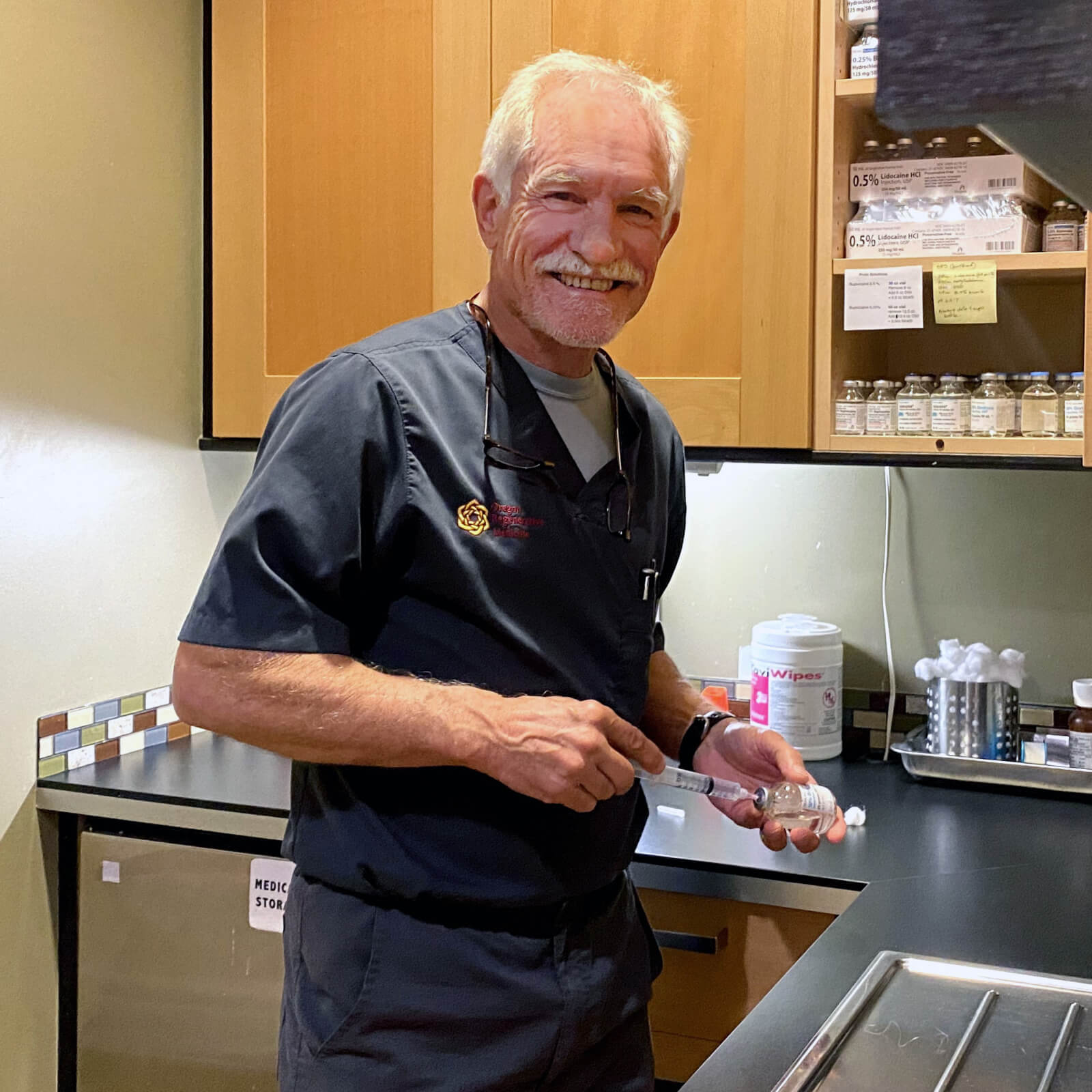Platelet-rich fibrin (PRF) is an autologous biomaterial derived from a patient’s own blood that has gained favor in our regenerative medicine procedures here at ORM for its ability to promote tissue repair and wound healing.1 It is like our other platelet-derived biologic, PRP, but also differs from PRP in several significant ways:
Composition and Preparation
PRF consists of:
- A dense fibrin network that improves the scaffolding effect necessary to repair torn tissues.
- Fibrin is like a biologic ‘glue’ that binds to the tissue its injected into, helping to bridge the gap and retract wounds.
- This fibrin network is embedded with millions of Platelets, Leukocytes, and platelet derived Growth factors and cytokines that are necessary for our body to repair injuries and are released more gradually, sustaining the response time for tissue repair.
PRF is prepared through a similar processing of whole blood without any additives, making it a natural and completely compatible tissue for biologic repair.2
Mechanisms of Action
1. Gradual and Sustained Growth Factor Release
Unlike PRP, PRF growth factors are released gradually over time, promoting sustained tissue regeneration.1
- PRF acts as a reservoir for growth factors, including:
- Vascular Endothelial Growth Factor (VEGF)
- Epidermal Growth Factor (EGF)
- Platelet-Derived Growth Factor (PDGF)
- Transforming Growth Factor-β1 (TGF-β1)
- And well over 100 other native compounds that promote healing and repair.
2. Angiogenesis Promotion
Just like PRP, PRF enhances the formation of new blood vessels, crucial for tissue repair. This is achieved through the stimulation of endothelial cell migration, proliferation, and differentiation.4
3. Cellular Recruitment and Activation
PRF attracts and activates various cell types involved in wound healing, just like PRP, including:
- Fibroblasts
- Mesenchymal stem cells
- Immune cells
These cells contribute to tissue repair and remodeling.5
4. Extracellular Matrix Modulation
PRF influences the sustained production and organization of extracellular matrix components, supporting tissue regeneration6
Clinical Applications Are similar to PRP
PRF has shown promise in various medical and dental applications:
- Soft tissue wound healing
- TMJ disorders
- Bone regeneration
- Facet syndrome and other spinal conditions
- Cartilage repair
- Tendon and ligament healing
- Fibrocartilage repair, as in meniscus repair
- Skin and hair regeneration
- Urinary incontinence and vaginal atrophy
Wound Healing
The fibrin in PRF accelerates wound closure much more rapidly than PRP, and re-epithelialization at a longer, more sustained rate. It is particularly effective in chronic wounds that are resistant to standard treatments7 such as venous ulcerations, bed sores, chronic wounds.
Musculoskeletal Injuries
PRF promotes healing in:
- Rotator cuff injuries
- Meniscus and collateral ligament tears
- Anterior cruciate ligament repairs
- Cartilage defects8
- Small and large joint osteoarthritis
Advantages of PRF
- Autologous in nature, minimizing risk of adverse reactions
- Cost-effective and sterile preparation
- Sustained release of growth factors
- Versatility in application methods (topical, injectable, or combined with other procedures)9
Considerations and Limitations
Like any emerging therapy, more large-scale, controlled clinical trials are needed to establish standardized protocols and confirm long-term benefits ([4])
In conclusion, PRF represents a promising autologous therapy for tissue repair and regeneration across various medical fields. Its ability to provide a sustained release of growth factors and promote cellular activity makes it an attractive option for enhancing wound healing and tissue regeneration.
Dr. Noel Peterson, ND, DAAPM, is the Medical Director of Oregon Regenerative Medicine, and has practiced naturopathic medicine in Lake Oswego, OR, since 1978. He specializes in natural and regenerative cellular medicine, including Prolotherapy, PRP (Platelet Rich Plasma), and Autologous Stem Cell therapy. Peterson has taught prolotherapy nationally and internationally. In 2019, the Oregon Director Association of Naturopathic Physicians (OANP) and National University of Natural Medicine (NUNM) selected Dr. Peterson to be honored with naturopathic medicine’s prestigious Living Legend Award.
References:
- Platelet-Rich Fibrin and Soft Tissue Wound Healing: A Systematic Review. (Tissue engineering. Part B, Reviews, 2017)
- Platelet-rich fibrin: Basics of biological actions and protocol modifications. (Open medicine (Warsaw, Poland), 2021)
- Leukocyte-and Platelet-Rich Fibrin for enhanced tissue repair: an in vitro study characterizing cellular composition, growth factor kinetics and transcriptomic insights. (Molecular biology reports, 2024)
- Platelets in wound healing and regenerative medicine. (Platelets, 2018)
- Platelet-Therapeutics to Improve Tissue Regeneration and Wound Healing-Physiological Background and Methods of Preparation.(Biomedicines, 2021)
- The multifaceted role of fibrinogen in tissue injury and inflammation. (Blood, 2019)
- Platelet-rich fibrin accelerates skin wound healing in pressure injuries: a rat model. (Journal of wound care, 2022)
- Grecu AF, Reclaru L, Ardelean LC, Nica O, Ciucă EM, Ciurea ME. Platelet-Rich Fibrin and its Emerging Therapeutic Benefits for Musculoskeletal Injury Treatment. Medicina (Kaunas). 2019;55(5):141. Published 2019 May 15. doi:10.3390/medicina55050141
- The Benefits of Platelet-Rich Fibrin. (Facial plastic surgery clinics of North America, 2019)



